How To
Beat the Heat : Dry Climate Hair Care







K gals, raise your hand if you live in a place that dishes out dry, roastin' hot summers. I am raising both of my hands high in the air right now. If you do, then you know the scorching effect the sun can have on your skin and hair. The dry summer can give your hair constant heat stroke, so by the end of summer you’re left with crispy, straw-like tresses. Our goal is then to revive dull, lifeless hair by restoring moisture and body— and to prevent breakage that comes as the result of the summer dehydration. Let’s talk about how!
You know those scenes in movies where a person is lost in a dry, aired desert— they're walking along in a delusional state, eyes tired, dusty faces, and lips so dehydrated they're crackly— they're in search of water, hydration— the elixir of life. Your hair is the same way after a blistering summer. It’s tired and delirious— It’s just so dang thirsty! The surface moisture has been removed (from hot sun, dry heat, hot wind, etc), which means the protective outer sheath (i.e. cuticle) has been damaged. When this happens the hair’s inner shaft is also compromised. Moisture is lost. Hair is damaged. Ends start breaking. You look scraggly. It’s a sad story. So we need to add moisture back into the hair.
One way I love to do this, is to implement a weekly deep conditioning hair mask ritual. When I mask, I alternate between a protein-building mask and a moisturizing mask. Because we want to actually try to repair the strand, from the inside out. Then we want to moisturize and seal that hydration in. Deep condition at least once a week. Apply a walnut-sized amount to shampooed hair, then leave on 15-30 min. Make a ritual out of it. Use it in the bathtub— while listening to music, or a podcast or even watching your favorite show. Make it fun. Make beauty feel luxurious. Let the process of hair moisturizing be a major step in your self care practice. So easy.
Another way to add moisture back into your hair and strengthen the follicle, is to use a hair oil daily. You can apply it to clean, damp hair before combing it. You can also use it on freshly dried hair, frizzy hair that needs taming, or dry brittle ends that could use some tender moisturizing love. Truth be told, I usually apply a small amount 2-3 times a day— just throughout the mid-section to ends— I ADORE hair oils. *Note: Be careful to not apply a hair oil close to the scalp if you’re hoping to lengthen to amount of time between washes.
If you are a blonde and it isn’t born from bleach— count yourself lucky. For all my pseudo-blondes out there (I’m on that list), your bleached tresses need some extra care. This is especially true in dry heat. Any amount of bleaching, even done safely, is going to be a little damaging. The process of bleaching swells the hair, the pigment is then dissolved and the hair becomes more porous — the cuticle opens, so much so, that there’s sometimes nothing left to hold it together— thus breakage happens, because you’re kind of left with the ghost shell of your hair. If you’re blonde, one of my favorite ways to restore your hair health is to use use a system that will actually restore the hair’s structural integrity. You need a bond rebuilder, and my favorite is Olaplex. It’s a three part system, parts one and two are done in the salon and the third at home. If you go to a salon that uses this system, they’ll add Olaplex 1 into your bleach mix, and use Olaplaex 2 when they rinse you out. If your time and budget allow, go in monthly for an Olaplex 2 treatment. But an even easier way to get the rebuilding benefits is to use Olaplex 3 in the comfort of you own home. Apply a generous portion to damp hair, leave on between 10-90 minutes (really, try leaving it on 90 minutes) then rinse it out. You will be left with hair feeling healthy, strong and like pure silk. I use it twice a week and honestly ladies, this treatment has been a game changer for me in restoring my hair’s health. Do it. I dare you.
The warmer months draw us out of doors, because we want to enjoy that glorious sun at the park, on a mountain hike or in the swimming pool. But all the sun exposure can cause a lot of damage. Both our skin and hair is made up of keratin— yet, when we go outside, we usually remember to protect our faces and bodies with sunscreen but don’t even think to protect our hair. Our fragile sun-baked locks need UV protection, just like our skin needs protection. The color, hair strength and moisture levels will be baked out of your strands with zero sun protection. During the dry, hot summer months, use a UV protection spray when you’re going to spend time outside.
One more thing I want to mention is that during these hot, dry months, you want to be especially careful to not overwhelm your hair with excessive heat. You can’t control the weather, but you CAN control what goes on in your home during your beauty routine. That means it’s probably a good idea to lay off the hair dryers and hot tools for a season. Blow drying your hair causes a “flash drying” effect, which means it strips the hair of surface moisture, while repelling all the hydration it was given while you showered. The hair cuticles become dry and brittle and can crack while you're blow drying and simultaneously brushing your hair. During the dry months, when hair has already been compromised by the climate, go easy on it by opting for air drying. If you’re prone to post-shower frizz, apply a taming cream into wet hair before allowing it to air dry— if you do use a good styling cream, your locks will be much more manageable. *If you MUST use a blowdryer, never bring it closer than 6 inches to your head, avoiding the roots. Also, never blast the same section for more than 10 seconds— the heat moving. OR just use the “cool” setting if you can.
Going right along with the last rule, I’m also going to throw in the “No Hot Tool” rule. Put away your curling irons, flat irons— also, hair crimpers (if you live in the ‘80s still). Using a hot tool is literally baking your strands and imposing extreme stress on them. Applying that level of heat causes rapid water loss to your hair and creates a “boiling” effect in your hair shaft, yes, I said that BOILING is happening on the inside. Thermal degradation also causes oxidation of the pigment, which means your dyed hair will lose its vibrancy, the color will dull, hair elasticity is loss and you’re left with a lifeless looking mop. So if you can, ESPECIALLY in the dry, extremely hot months, lay off the hot tools. There are a million and one ways to add curl, wave and texture to your hair with zero heat. With damp hair, braid it, wrap it into two buns or twist it around a scarf or headband— then wait for it to dry. Beachy waves are so easy and attainable this way. Get creative with your hair— just try to lay off the heat. If you do use heat on your hair, make sure to use a heat protectant spray to shield your hair from damage.
Let’s remember that hair, just like the rest of our bodies, needs to be taken care of. Give it the nourishment it needs. Provide it with proper hydration and moisture. And when you’re going outside, to face the dry hot heat, protect that mop of yours— because it’s extremely susceptible to damage. Wear your UV protection spray, wear a hat or scarf to keep the sun off, apply your hair oil consistently, then always give your hair some weekly deep conditioning love— be mindful of your hair, and try to treat it better! Stay safe out there in that thirsty weather!
Xoxo,
Amy
Photography by Libby Jones. Article by Amy Hutchens. Models: Megan Vadnais wearing Honey Dipped. Paige Chamberlin wearing Sandy Blonde.














